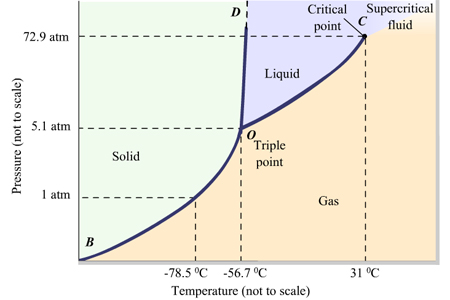Hello science! I’m looking to figure out the cooling capacity of a standard Co2 cartridge, 12g or 16g, commonly used to inflate bike tires. Gas expansion from a pressurized vessel causes a localized temperature drop and all that. I’d like to know by how much.
There are two methods ahead of me.
- hit the thermodynamics text books like crazy to find/solve the required calculations
- vent a cartridge in a tub of water and measure the temp change.
Option 1 has me feeling ill just thinking of it… There’s liquid CO2 in a cartridge so phase changes, etc.
Therefore option 2 wins.
What does science have on hand at the space to further my experiment?
To ease the experimental burdens of a slow pressure ‘leak’ over a long duration I’m looking for a best case fast vent (1min total or less, hopefully, as long as it doesn’t cause the regulator to freeze and sieze) to limit heat transfer out of the water/container, in a safe manner that allows the liquid CO2 to phase change within the cartridge.
Bucket with fixed H2O volume, dump the reg and cartridge in the bottom, and a temp probe and stopwatch?


